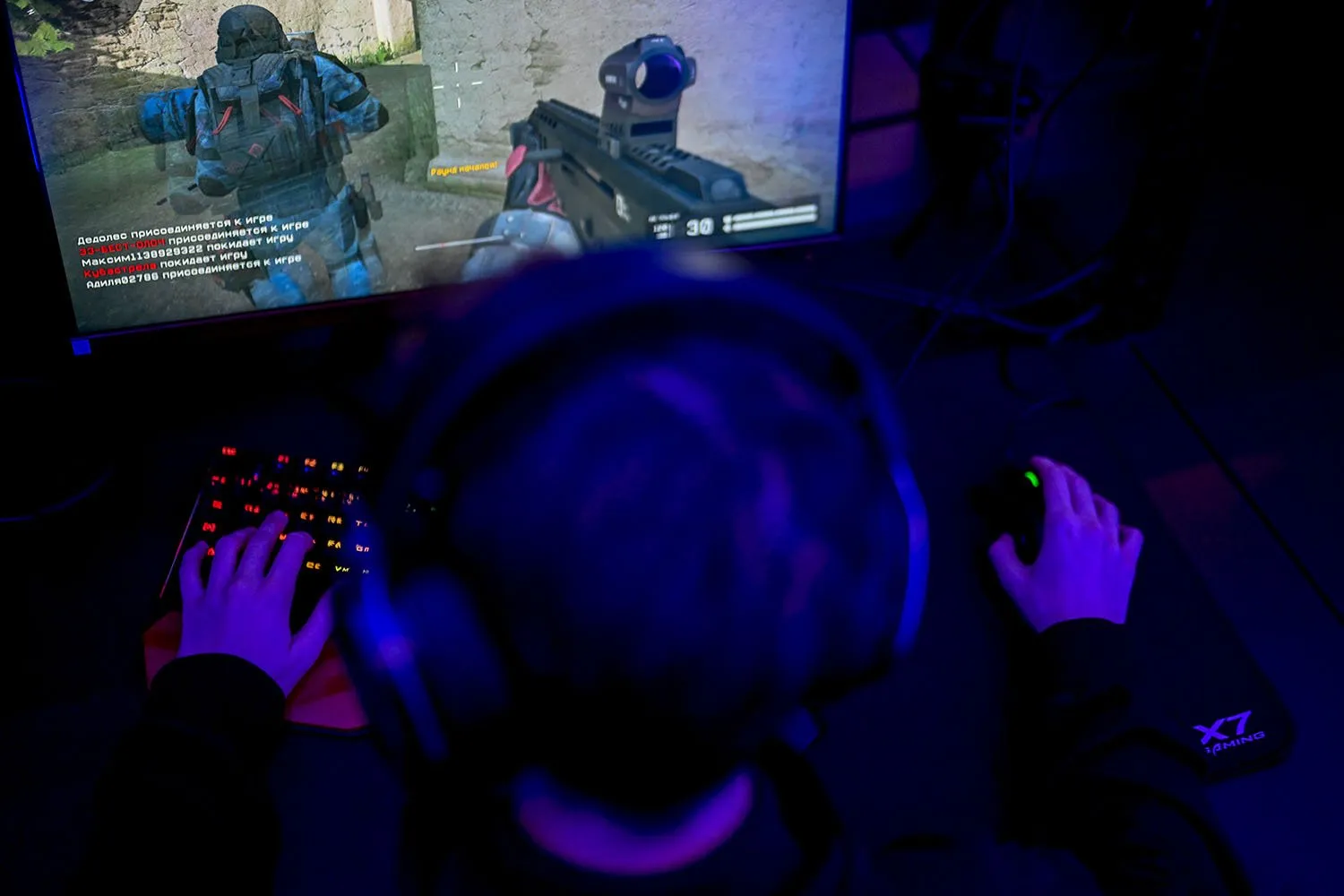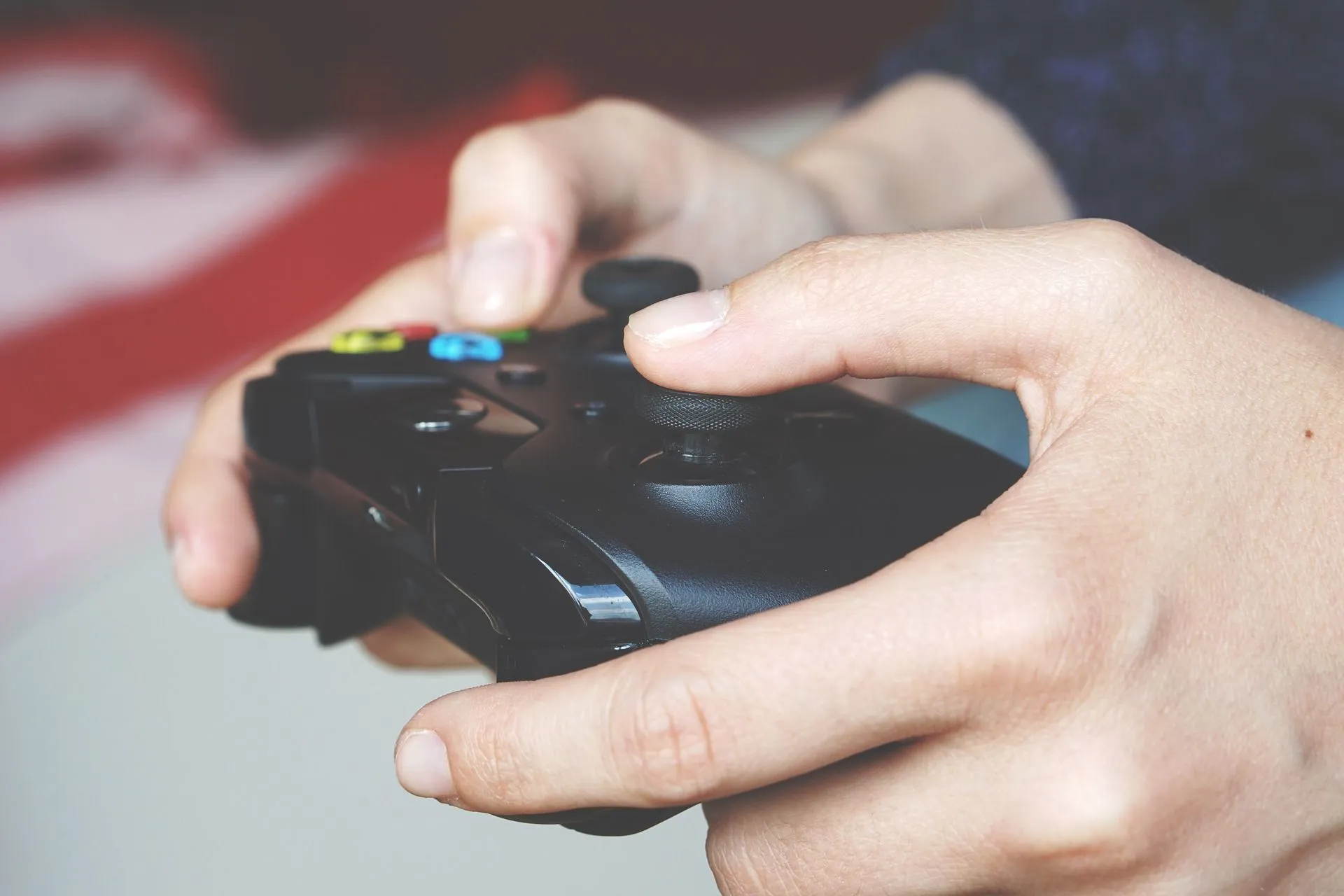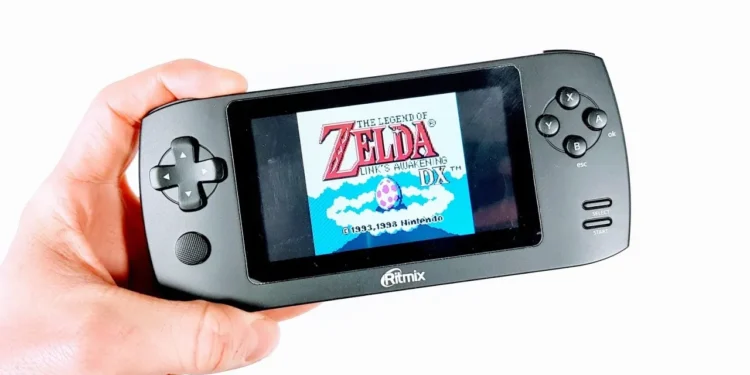In a significant stride towards technological sovereignty, Russia is making headway in the gaming industry with plans to develop its own video game consoles. This initiative, part of a broader strategy to reduce dependence on Western technology, involves the creation of not just one, but two distinct types of gaming systems.

The Elbrus-Powered Console: A Local Solution
Anton Gorelkin, Deputy Chairman of the State Duma Committee on Information Policy, recently disclosed details about a new console being developed by the Ministry of Industry and Trade. This console is set to feature the Elbrus processor, a product of the Moscow Center of SPARC Technologies, which is primarily utilized in defense and critical infrastructure sectors. While it may not match the performance of industry giants like the PS5 or Xbox, this processor marks a critical step in Russia’s self-reliance in technology.
TechSpot reports that the console will run on either Aurora or Alt Linux, both of which are Russian adaptations of the widely-used Linux operating system. Despite its less powerful hardware, Gorelkin emphasized that the console is intended to support “domestic video game products,” indicating a potential shift towards nurturing a local developer community specifically for this platform.

Fog Play: Russia’s Answer to Cloud Gaming
In parallel, Russia is also exploring cloud gaming with another console named Fog Play. This innovative approach allows users with high-performance PCs to rent out their systems to Fog Play users, who can then play games via cloud streaming. This model represents a creative adaptation of existing cloud gaming technologies, tailored to leverage Russian computing resources.

The Challenges of Digital Sovereignty
The push for technological independence intensified following Russia’s geopolitical conflicts and the ensuing Western sanctions. Efforts like the adoption of Astra Linux across governmental and military infrastructures, and the development of a native alternative to the VirusTotal scanner, underscore Russia’s intent to sever its reliance on foreign technologies.
However, the journey towards complete autonomy is fraught with challenges. Despite these ambitious projects, Russia’s technological ecosystem still heavily relies on Chinese imports, from smartphones to dual-use technologies. This dependency starkly contrasts with the goal of self-sufficiency and highlights the significant hurdles Russia faces in achieving true technological sovereignty.

The development of these video game consoles is a testament to Russia’s determination to carve out its own niche in the global technology landscape. However, as the Elbrus processor’s limitations suggest, competing on the same level as the most advanced gaming systems remains a distant goal. Russia’s venture into video game development and cloud gaming is an intriguing aspect of its broader technological strategy, but achieving independence will require overcoming substantial technological and geopolitical barriers.
In essence, while these consoles symbolize a step forward in Russia’s ambitious tech independence agenda, they also reflect the complexities and limitations of decoupling from established global tech infrastructures. The path to technological sovereignty is not just about creating alternatives but also about cultivating a robust ecosystem that can sustain and advance these innovations.










